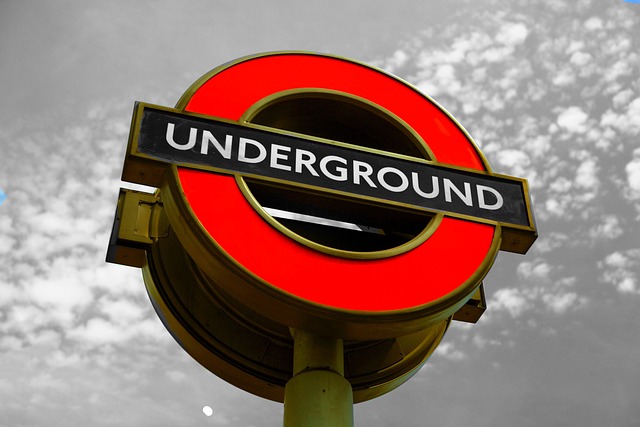Photography is more than just an art form; it’s a powerful means of communicating morality and ethics in a world filled with diverse stories. Every time we pick up a camera, we are tasked with a moral decision: what to capture, how to frame it, and whom it impacts. The optics of our lenses not only allow us to focus on the details but can also influence the narrative we choose to tell through images.
The act of taking a photo is inherently subjective. It reflects our individual beliefs and values—what we deem important enough to immortalize in a single frame. When we step into the shoes of a photographer, we wield the responsibility of portraying truth, beauty, and sometimes even discomfort. The gap between reality and the portrayal of that reality in photography can lead to ethical dilemmas that challenge our understanding of the moral implications behind our images.
Consider the act of photographing marginalized communities. The moral questions arise: Are we documenting their stories for the right reasons? Are we exploiting their circumstances for the sake of artistry or profit? The optics of social media and photojournalism can sometimes blur the line between activism and voyeurism. Each image we take carries weight, possessing the potential to evoke empathy, raise awareness, or even incite controversy.
Moreover, the choice of camera settings, the play of light, and the meticulous crafting of composition can alter a viewer’s perception. A photograph can tell one story in bright, saturated color while completely transforming in black and white, shifting the emotional resonance. The ethics of manipulation come into play here. Are enhancements necessary for conveying moral truths, or do they distort the reality we aim to present?
In every click of the shutter, a photographer grapples not only with technical skills and artistry but with their personal moral compass. The stories we choose to tell through our lenses are influenced by our backgrounds, experiences, and ethical frameworks. A seemingly simple photograph can have lingering effects on public perception and societal norms. Thus, the act of capturing an image becomes intertwined with our understanding of right and wrong, of justice and injustice.
As photographers, we are not just visual storytellers but also moral agents. Each image serves as a mirror reflecting our values and societal conditions, prompting viewers to question the world around them. Capturing moments in time through the lens of moral intent challenges us to engage deeply with our subjects, to listen actively, and to reflect critically on the stories we choose to share.
In a world where images spread faster than words, our choices must be driven by a desire to uplift and educate rather than exploit. Photography, at its core, is a dialogue with our audience—a bridge between the observer and the observed. It’s essential that we cultivate a practice that seeks to honor the humanity of our subjects while provoking thought and sparking conversation about the pressing moral issues that surround us.



